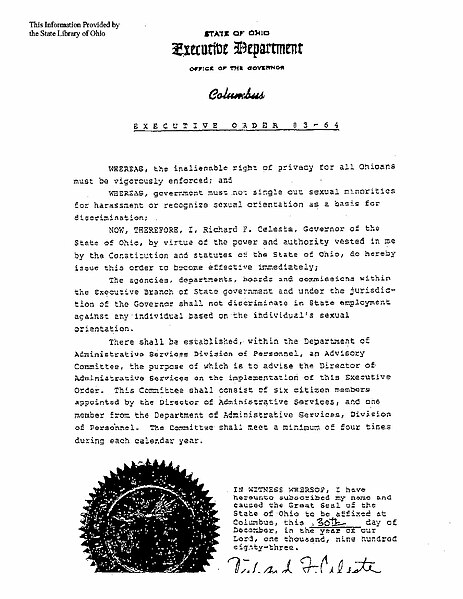Tag: brew post
-
State governors issue 40 executive orders from Oct. 30-Nov. 12

State governors issued 40 executive orders from Oct. 30-Nov. 12. Georgia Gov. Brian Kemp (R) led the field with nine, followed by Florida Gov. Ron DeSantis (R) with eight. Governors in 33 states issued the fewest orders with zero. Governors use executive orders to manage executive branch operations. The 40 executive orders account for 3%…
-
Beshear’s campaign outspends Cameron’s 4-1 ahead of the Nov. 7 Kentucky gubernatorial election

Two weeks before the Nov. 7 Kentucky gubernatorial election, incumbent Gov. Andy Beshear’s (D) campaign had raised nearly three times and spent more than four times the amount Attorney General Daniel Cameron (R) had since the May 16 primaries, according to the most recent campaign finance reports filed on Oct. 25. The reports, filed with…
-
State supreme courts issue 247 opinions from Oct. 9-22

State supreme courts issued 247 opinions from Oct. 9-22. The Supreme Court of Appeals of West Virginia led the field with 30 opinions issued, followed by Delaware with 23 and Pennsylvania with 18. The 247 opinions account for 5% of the year-to-date total of 5,339. West Virginia, again, leads with 439 opinions issued since Jan.…
-
State governors issue 43 executive orders from Oct. 2-15

Nationally, state governors issued 43 executive orders from Oct. 2-15. Georgia Gov. Brian Kemp (R) and Florida Gov. Ron DeSantis (R) led the field with 13 each, followed by New Jersey Gov. Phil Murphy (D) and New Mexico Gov. Michelle Lujan Grisham (D) with three each. Governors in 36 states issued the fewest orders with…

